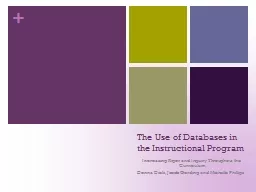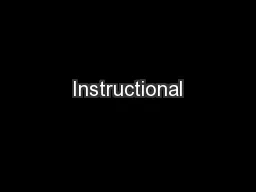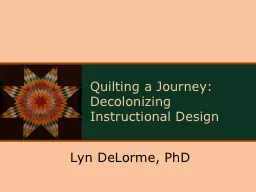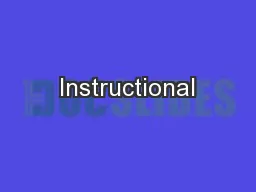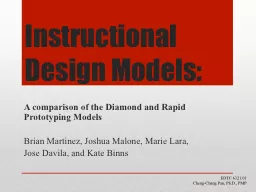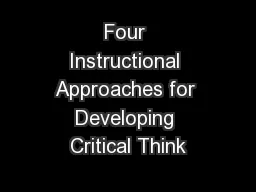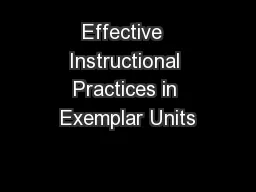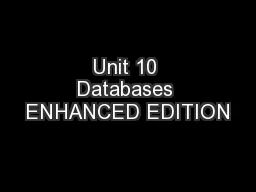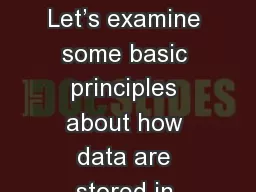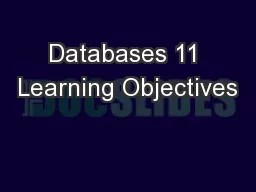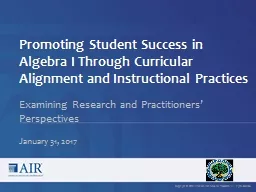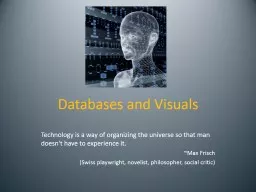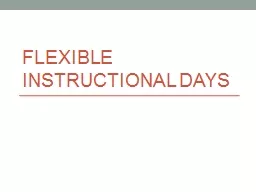PPT-The Use of Databases in the Instructional Program
Author : trish-goza | Published Date : 2016-04-01
Increasing Rigor and Inquiry Throughout the Curriculum Donna Dick Jacob Gerding and Michelle Phillips InService Objective Participants will utilize the SIRS database
Presentation Embed Code
Download Presentation
Download Presentation The PPT/PDF document "The Use of Databases in the Instructiona..." is the property of its rightful owner. Permission is granted to download and print the materials on this website for personal, non-commercial use only, and to display it on your personal computer provided you do not modify the materials and that you retain all copyright notices contained in the materials. By downloading content from our website, you accept the terms of this agreement.
The Use of Databases in the Instructional Program: Transcript
Download Rules Of Document
"The Use of Databases in the Instructional Program"The content belongs to its owner. You may download and print it for personal use, without modification, and keep all copyright notices. By downloading, you agree to these terms.
Related Documents

